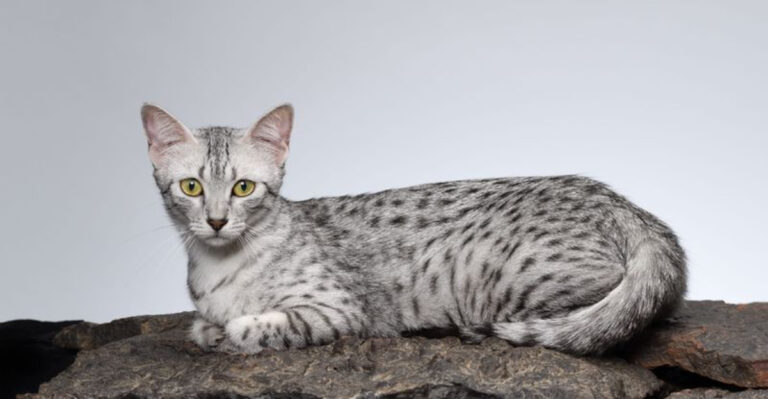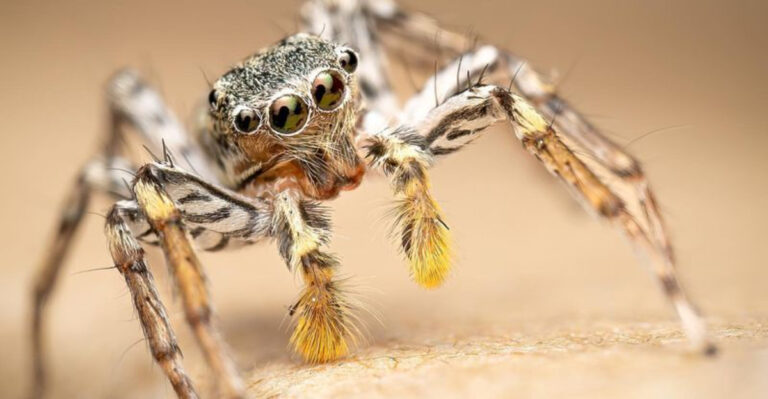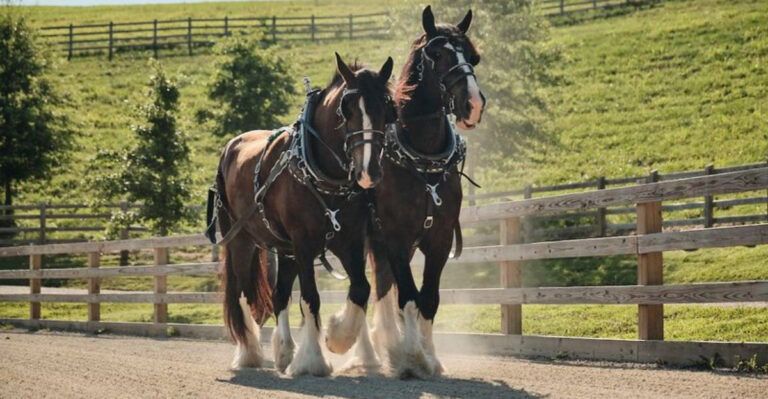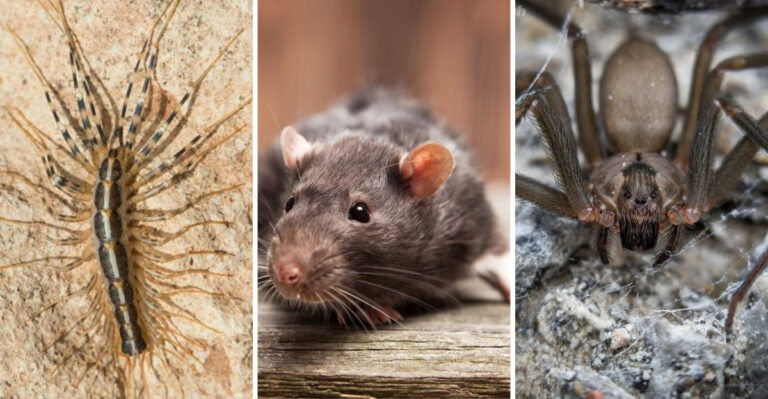15 Most Intriguing Questions About U.S. Wildlife Answered

The United States boasts an incredible variety of wildlife, from majestic bald eagles to elusive mountain lions. Many of us have wondered about the secret lives of these amazing creatures that share our country.
Wildlife experts have fielded thousands of questions over the years, but some queries pop up more frequently than others, revealing our collective curiosity about the animal kingdom right in our own backyard.
1. Do Bears Really Hibernate All Winter?
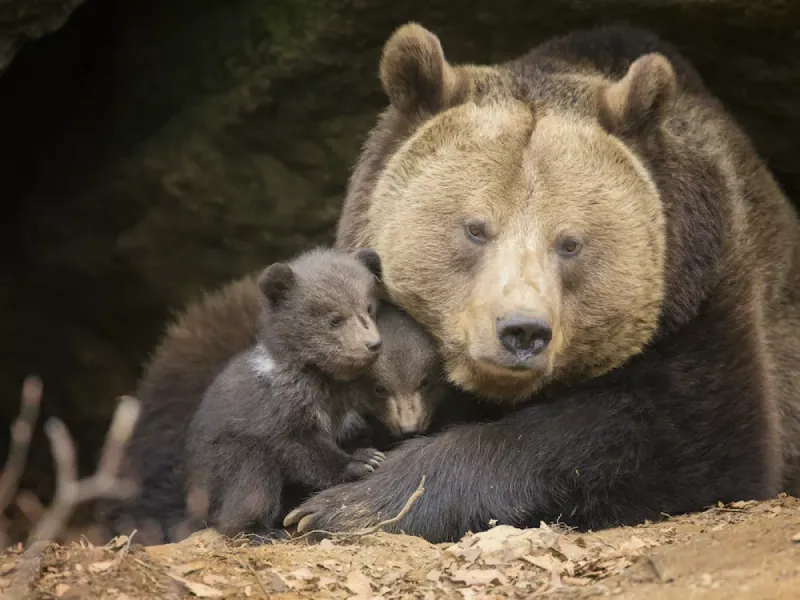
Bears enter a state called torpor rather than true hibernation. During this winter dormancy, their heart rate and breathing slow dramatically, but their body temperature doesn’t drop as significantly as true hibernators like groundhogs.
Remarkably, female bears even give birth during this period! They can also wake up if disturbed, unlike deep hibernators. This evolutionary adaptation helps bears conserve energy during food-scarce winter months.
2. Why Do Fireflies Light Up?
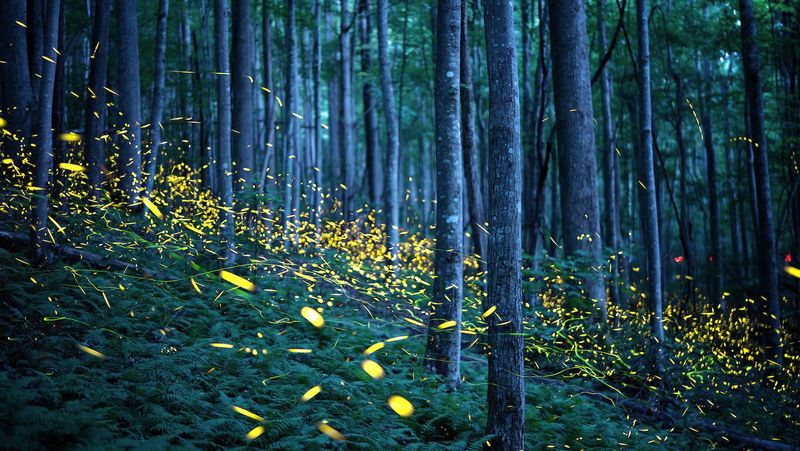
Fireflies create their magical glow through a chemical reaction in their abdomens. This process, called bioluminescence, happens when a substance called luciferin combines with oxygen, creating the distinctive greenish-yellow flash we love watching on summer evenings.
Male fireflies flash specific patterns while flying to attract females waiting in the grass below. Each of the 2,000+ firefly species has its own unique flash pattern—nature’s own Morse code for finding love!
3. Can Bald Eagles Really Spot Prey From A Mile Away?

America’s national bird possesses truly extraordinary vision. Bald eagles can indeed spot small prey like fish from nearly a mile away—that’s like you standing at one end of 14 football fields and seeing a penny at the other end!
Their retinas contain five times more light-sensitive cells than human eyes. Eagles also see ultraviolet light invisible to us. This visual superpower, combined with their 7-foot wingspan and diving speeds exceeding 100 mph, makes them formidable hunters.
4. Are Alligators Really Living Dinosaurs?
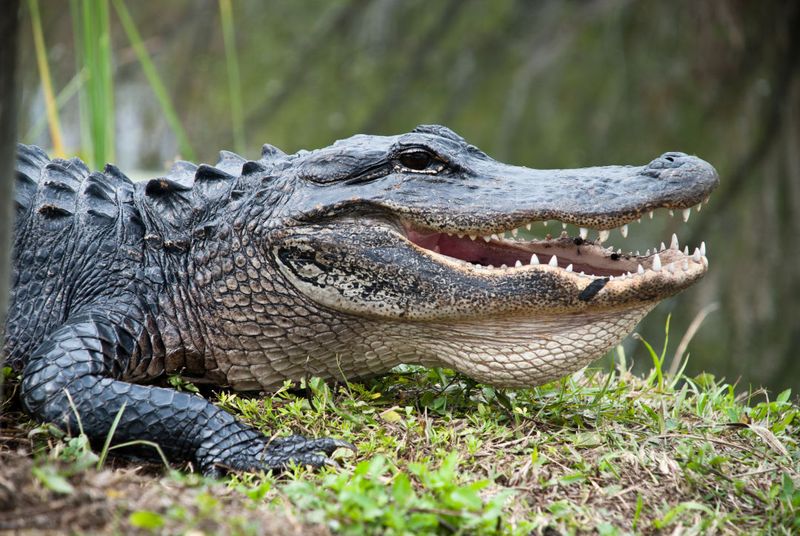
While alligators aren’t technically dinosaurs, they’re the next best thing! These armored reptiles belong to an ancient group called archosaurs that includes extinct dinosaurs and modern birds.
American alligators have remained virtually unchanged for about 80 million years, earning them the title “living fossils.” Found throughout southeastern states, especially Florida’s Everglades, these prehistoric-looking creatures can live 50+ years in the wild and grow to 15 feet long!
5. Why Don’t Hummingbirds Get Electrocuted In Rainstorms?
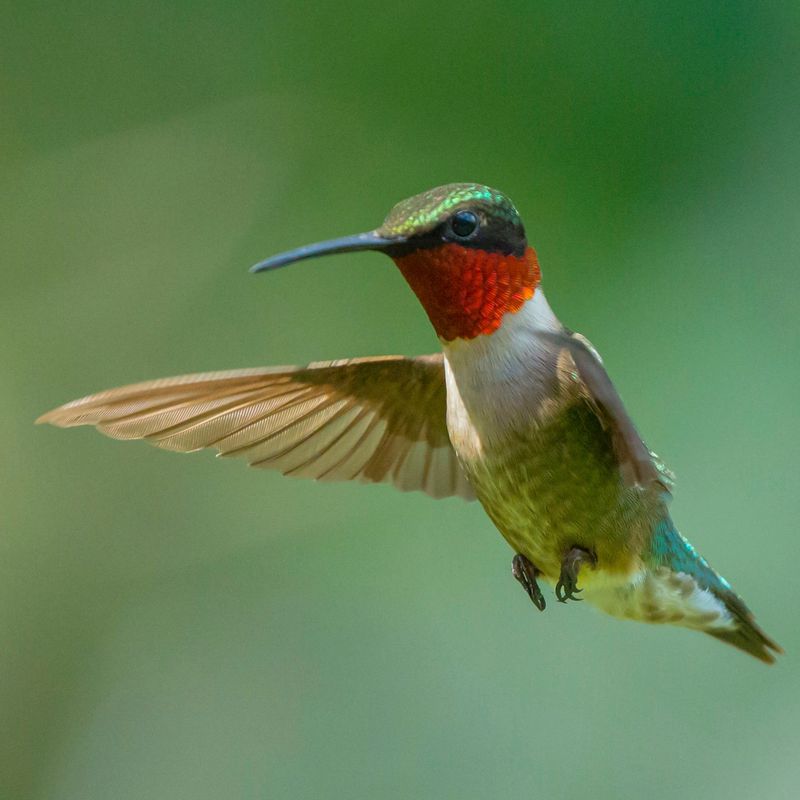
Ruby-throated hummingbirds, North America’s most common hummingbird species, weigh less than a penny yet perform aerial acrobatics that would make fighter pilots jealous. Their wings beat 50-80 times per second!
During rainstorms, these tiny marvels don’t get electrocuted because lightning seeks the path of least resistance—usually tall objects. Their diminutive size and special water-repellent feathers keep them relatively dry. Many simply shelter under leaves until storms pass.
6. Do Wolves Really Howl At The Moon?
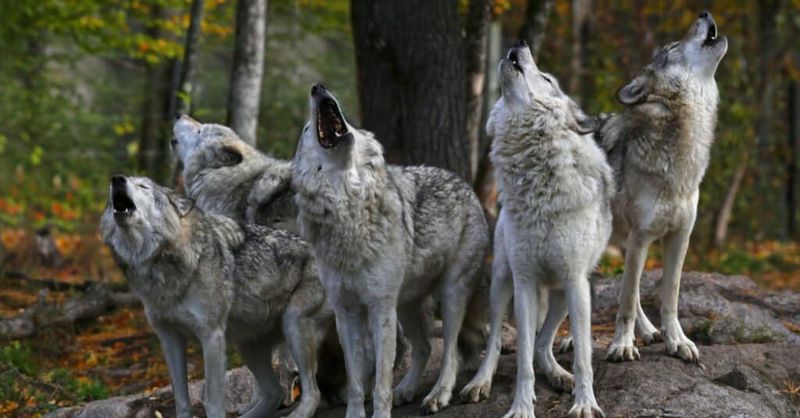
Gray wolves don’t actually howl at the moon—this is purely coincidental! These social predators howl to communicate with pack members, mark territory boundaries, and coordinate hunting activities across vast distances.
Wolf howls can travel up to 10 miles in forest environments. When wolves appear to be howling at the moon, they’re actually tilting their heads upward to project their voices farther. Each wolf has a unique vocal signature, allowing pack members to identify individuals by sound alone.
7. Can Armadillos Really Give Humans Leprosy?

Nine-banded armadillos, those odd-looking mammals with leathery shells, are indeed the only animals besides humans that can carry Mycobacterium leprae, the bacterium causing leprosy.
Their low body temperature (around 93°F) creates the perfect environment for this microbe. While transmission to humans is possible through handling or consuming armadillo meat, it’s extremely rare. Scientists study these unusual creatures to better understand and treat the disease in humans.
8. How Do Monarch Butterflies Navigate Their 3,000-Mile Migration?
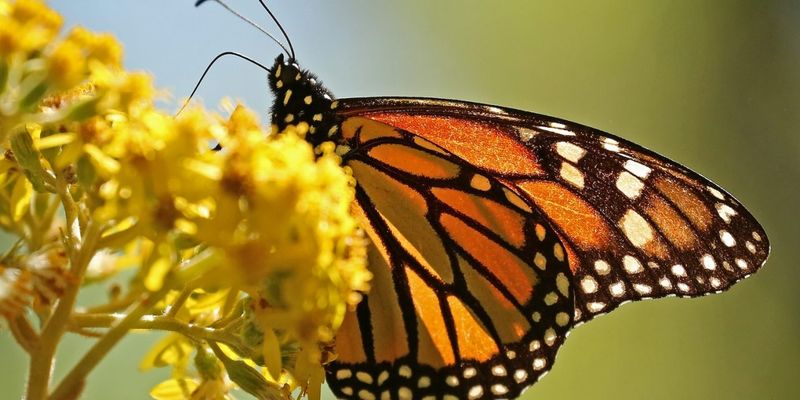
Monarch butterflies perform one of nature’s most astonishing journeys, traveling from Canada and northern United States to central Mexico each fall. What makes this migration truly mind-boggling is that no single butterfly completes the round trip.
These orange-and-black insects navigate using an internal compass that senses Earth’s magnetic field and the sun’s position. Their brains, smaller than a pinhead, contain specialized cells that function like GPS units. Monarchs born in autumn live 8 months—dramatically longer than summer generations!
9. Why Don’t Opossums Get Rabies?

Virginia opossums, North America’s only marsupials, rarely contract rabies thanks to their unusually low body temperature—about 94-97°F compared to other mammals’ 98-102°F. This cooler environment makes it difficult for the rabies virus to survive and replicate.
These misunderstood creatures offer another ecological benefit: they devour thousands of ticks annually, helping control Lyme disease. When threatened, they famously “play dead,” an involuntary stress response that can last for hours, complete with drooling and a foul smell!
10. Can Rattlesnakes Control How Much Venom They Inject?
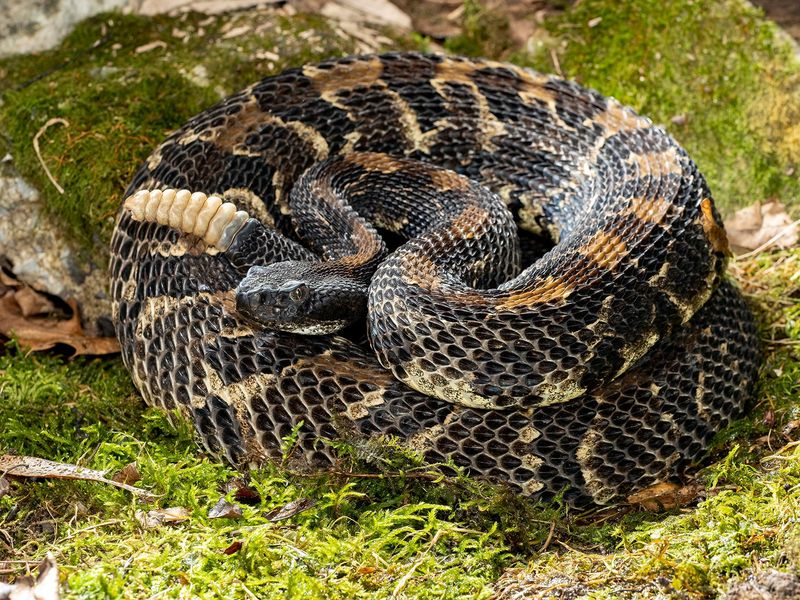
Timber rattlesnakes and other venomous serpents across America can indeed regulate their venom output during strikes. These reptiles practice remarkable venom conservation, sometimes delivering “dry bites” with no venom at all.
When hunting small prey like mice, they might use just a tiny amount. For larger threats, they’ll deliver a full defensive dose. This control helps them conserve their precious venom, which takes significant energy to produce and is primarily evolved for hunting rather than defense.
11. Do Mountain Lions Really Scream Like Humans?
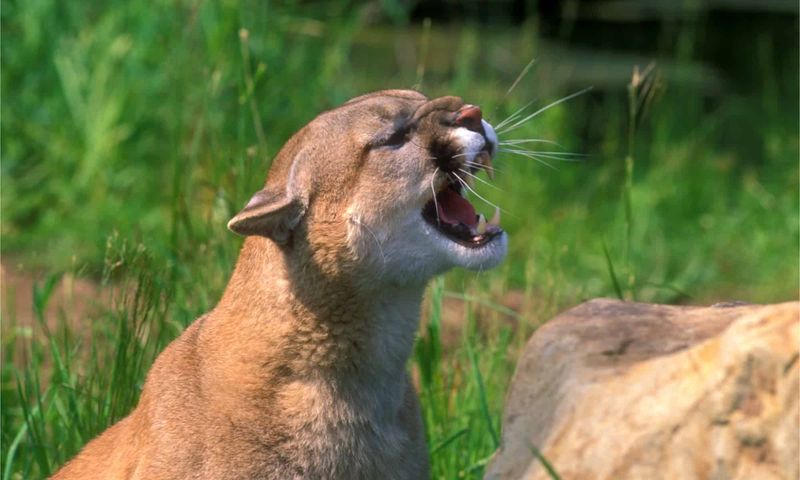
Mountain lions (also called cougars or pumas) produce one of North America’s most bone-chilling wildlife sounds. Their infamous scream resembles a terrified woman or child—a sound that has fueled countless campfire stories and local legends.
Female mountain lions primarily make this vocalization during mating season to attract males across vast territories. These solitary cats typically avoid humans and rarely vocalize around people. Despite their fearsome reputation, fatal attacks on humans remain extraordinarily rare.
12. Why Don’t Woodpeckers Get Concussions?
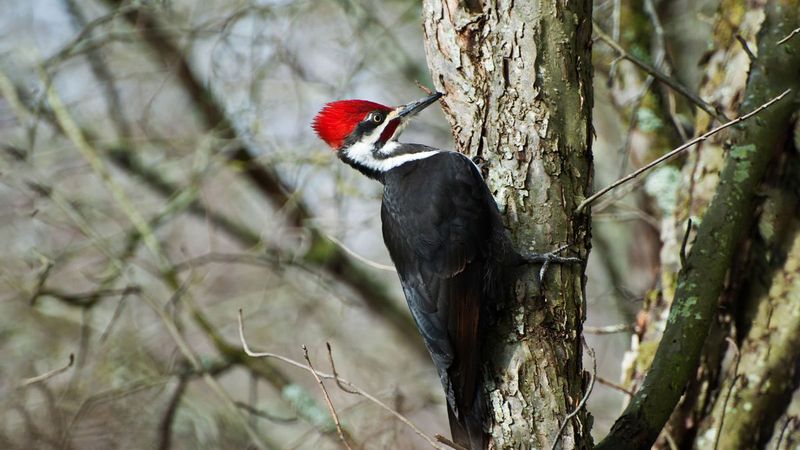
Pileated woodpeckers—those crow-sized birds with flaming-red crests—hammer their beaks against trees at an astonishing 20 times per second, enduring forces that would cause severe brain damage in humans.
Their secret? Specialized anatomy including a shock-absorbing beak, spongy bone between the beak and skull, and an unusually tight brain case that prevents brain movement. They even have a special tongue that wraps around their skull, acting as an additional cushion. Nature’s perfect helmet design!
13. Can Beavers Really Change The Ecosystem?
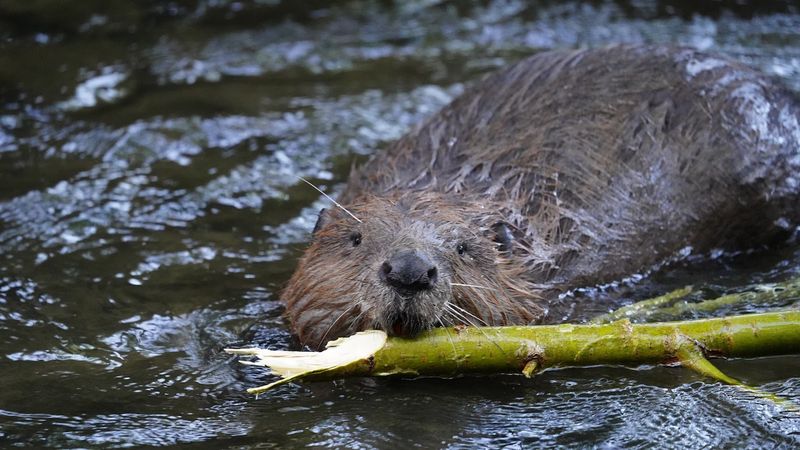
North American beavers qualify as genuine ecosystem engineers. A single beaver family can transform an entire landscape by building dams that create wetlands teeming with biodiversity.
Their ponds slow water flow, reducing downstream flooding and filtering pollutants. Beaver wetlands provide habitat for countless species, from fish to amphibians to waterfowl. During droughts, these water reservoirs become crucial survival zones. Scientists now partner with beavers for natural watershed restoration across the country.
14. How Do Desert Animals Survive Without Water?

The kangaroo rat, native to American southwestern deserts, showcases extreme water conservation. These remarkable rodents can go their entire lives without drinking a single drop of liquid water!
They extract all necessary moisture from dry seeds they consume, producing highly concentrated urine and nearly water-free waste. Their specialized kidneys are evolution’s answer to desert survival. During scorching days, they remain in cool underground burrows, emerging only at night when temperatures drop.
15. Why Do Salmon Swim Upstream To Die?

Pacific salmon species undertake one of nature’s most grueling journeys, swimming hundreds of miles against powerful currents to reach their birthplaces. This remarkable homing instinct relies on their ability to detect their native stream’s unique chemical signature—they literally smell their way home!
After spawning, their bodies, enriched with ocean nutrients, decompose and feed the forest ecosystem. Bears and eagles feast on salmon, spreading nutrients further inland. This sacrifice completes a vital nutrient cycle connecting oceans to inland forests.

